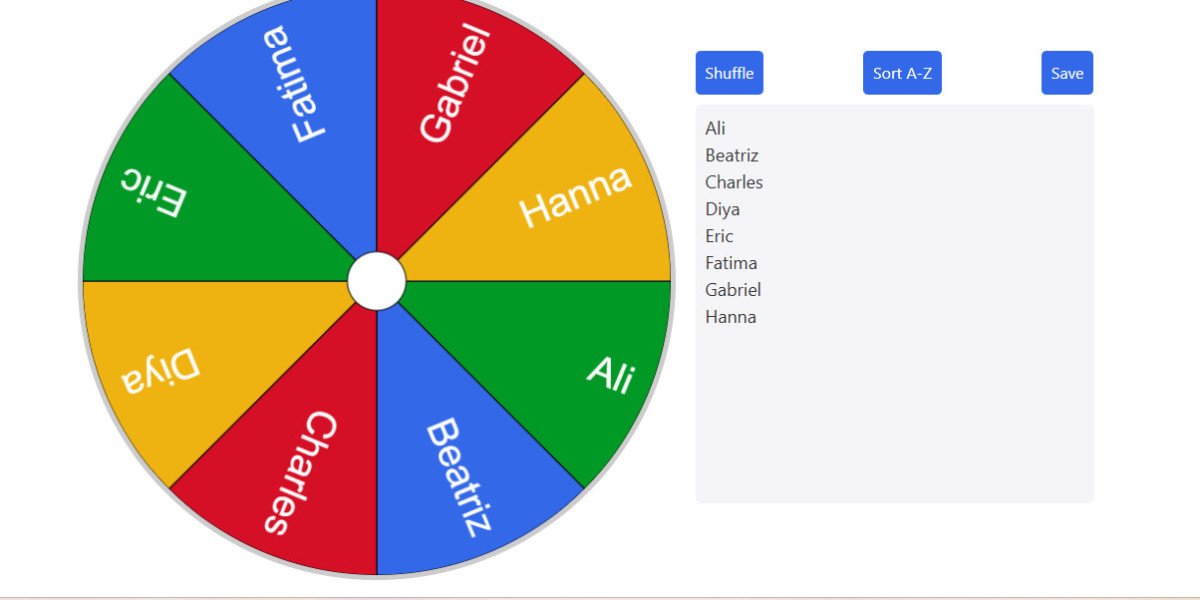Amazon Drone has long been at the forefront of e-commerce innovation, and one of its most ambitious projects to date is Prime Air, the company’s drone delivery program. Amazon drones are designed to revolutionize how packages are delivered, offering faster, more efficient, and eco-friendly solutions. In this article, we will explore Amazon's drone program, its potential impact on logistics, and how it is shaping the future of package delivery.
What is Amazon Prime Air?
Amazon Prime Air is a service that uses autonomous drones to deliver packages to customers within 30 minutes of placing an order. The goal of this program is to expedite the delivery process, especially for small and lightweight items, by using aerial vehicles rather than traditional delivery methods like trucks or vans. Prime Air has been in development for several years, and Amazon has been testing drones in different regions to ensure the technology can work reliably and efficiently.
How Does Amazon Drone Delivery Work?
Order Placement: When a customer places an order through Amazon Prime, the system evaluates whether the item qualifies for drone delivery. Typically, this applies to small packages weighing under 5 pounds.
Preparation and Dispatch: Once the order is ready for delivery, Amazon packages it in a way that is secure for drone transport. The drone is then dispatched from an Amazon fulfillment center.
Autonomous Flight: Amazon drones use advanced GPS, sensors, and cameras to navigate to the delivery location autonomously. These drones can avoid obstacles, such as buildings and trees, while adjusting their flight paths in real-time based on environmental conditions.
Package Delivery: Upon reaching the customer’s location, the drone safely lowers the package using a specialized mechanism. The package is delivered to the designated spot, and the drone returns to the fulfillment center.
Return to Base: After delivering the package, the drone returns to the fulfillment center to recharge its battery and prepare for the next flight.
Key Features of Amazon Drones
Autonomous Navigation: Amazon drones use advanced navigation systems, including cameras, sensors, and GPS, to navigate their environment. This ensures that drones can operate safely, even in complex environments like urban areas.
Safety Protocols: Drones are equipped with built-in safety mechanisms to prevent accidents. For example, if the drone detects a malfunction or low battery, it can automatically land or return to the base.
Environmental Benefits: Electric-powered drones produce zero emissions, making them an environmentally friendly alternative to delivery trucks that rely on fossil fuels. This reduces the carbon footprint of Amazon’s delivery system.
Lightweight and Compact: Amazon drones are designed to carry small, lightweight packages, making them ideal for quick and efficient deliveries of items like electronics, books, and other small goods.
Reduced Traffic: With drones flying above the traffic, Amazon’s Prime Air service could reduce congestion on the roads, leading to less traffic and faster transportation overall.
Advantages of Amazon Drone Delivery
Faster Delivery Times: Amazon's drones have the potential to deliver packages within 30 minutes of placing an order, significantly faster than traditional delivery methods.
Cost Efficiency: Drone delivery could lower operational costs for Amazon by reducing the need for delivery trucks and human drivers, which could lead to cheaper shipping options for customers.
Reduced Carbon Footprint: Since drones are electric-powered, they produce no emissions, which contributes to Amazon’s sustainability efforts and helps reduce environmental pollution from delivery vehicles.
Improved Customer Convenience: Drone delivery allows customers to receive their packages quickly, often with less wait time and greater flexibility in terms of delivery scheduling.
Increased Delivery Capacity: Drones can operate around the clock, helping Amazon increase its overall delivery capacity and handle a larger volume of orders during peak periods, such as holidays.
Challenges for Amazon Drones
While the potential of Amazon drones is enormous, several challenges remain before Prime Air becomes widespread:
Regulatory Approval: Drones need to comply with aviation regulations, such as those set by the Federal Aviation Administration (FAA). In many countries, drones are not yet allowed to operate in commercial airspace without specific permissions.
Weather Conditions: Drones are susceptible to poor weather, such as high winds, rain, or snow, which can affect their ability to fly safely. Ensuring that drones can deliver packages in a variety of weather conditions is a challenge for Amazon.
Privacy Concerns: Drones flying over residential areas could raise privacy concerns. Amazon will need to address how drones handle data collection and make sure that they do not invade customers' privacy.
Limited Payload: Currently, Amazon drones can only carry small packages, typically weighing under 5 pounds. This limits the types of products that can be delivered by drone, leaving larger items to be transported via traditional methods.
Public Perception and Safety: While drone delivery sounds promising, some customers may be apprehensive about flying robots delivering their packages. Ensuring public safety, minimizing noise, and addressing potential accidents or malfunctions will be crucial for widespread adoption.
The Future of Amazon Drones
Despite these challenges, Amazon continues to push forward with the Prime Air program. The company is working on refining the technology and expanding its testing to new regions. Additionally, Amazon is working on enhancing drone capabilities, such as improving flight range, load capacity, and weather resistance.
The long-term vision for Amazon drones is to create an integrated delivery network where drones work in conjunction with traditional delivery methods. This hybrid approach could result in faster and more flexible shipping options for customers. As the technology continues to evolve, drones could play a significant role in transforming the entire logistics industry, making deliveries faster, greener, and more efficient.
Conclusion
Amazon’s Prime Air drone delivery program represents the future of e-commerce logistics. While there are still hurdles to overcome, Amazon’s commitment to developing this technology is clear, and drones could become a mainstream method of package delivery in the coming years. With the promise of faster delivery times, cost savings, and reduced environmental impact, Amazon drones are set to reshape the way we receive our packages, offering a glimpse into a future where delivery drones are a common sight in the skies.






